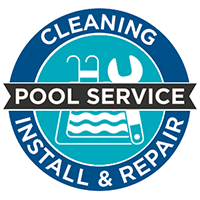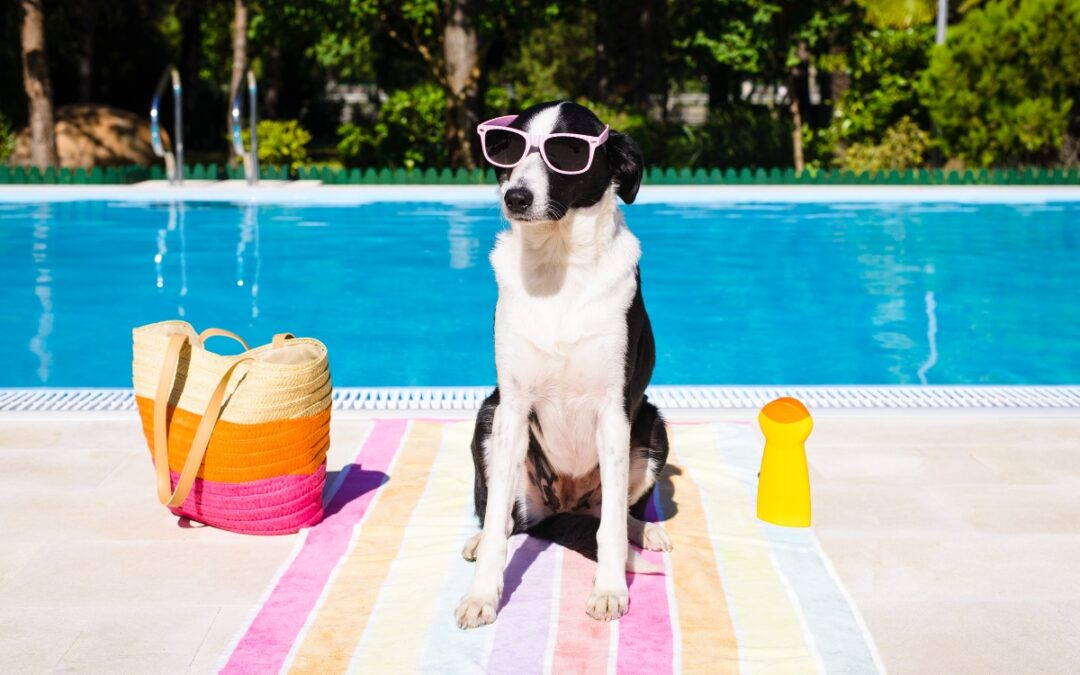For many pet owners, a pool is a source of joy and relaxation, but it can also pose potential risks to our furry friends. As summer approaches and temperatures rise, ensuring the safety of our dogs around pools becomes a priority.
From teaching them to swim to providing secure barriers and supervision, there are various measures that pet owners can take to mitigate the risks of pool-related accidents. In this guide, we’ll delve into the top tips for keeping your pooch safe around the pool, offering practical advice and insights to help you create a secure and enjoyable environment for your canine companion.
Embrace the excitement of poolside fun with your canine companion, whether you’re an experienced dog owner or introducing a new furry member to the family. By following these guidelines, you can make sure that safety remains a key focus during your pool sessions. Prepare yourself for a world where your dog’s well-being by the water is paramount, promising numerous joyful and secure poolside escapades for both of you.
Pool Safety for Dogs: How to Keep Your Furry Friend Splashing Safely
Understanding the Risks: Why Pool Safety for Dogs Matters
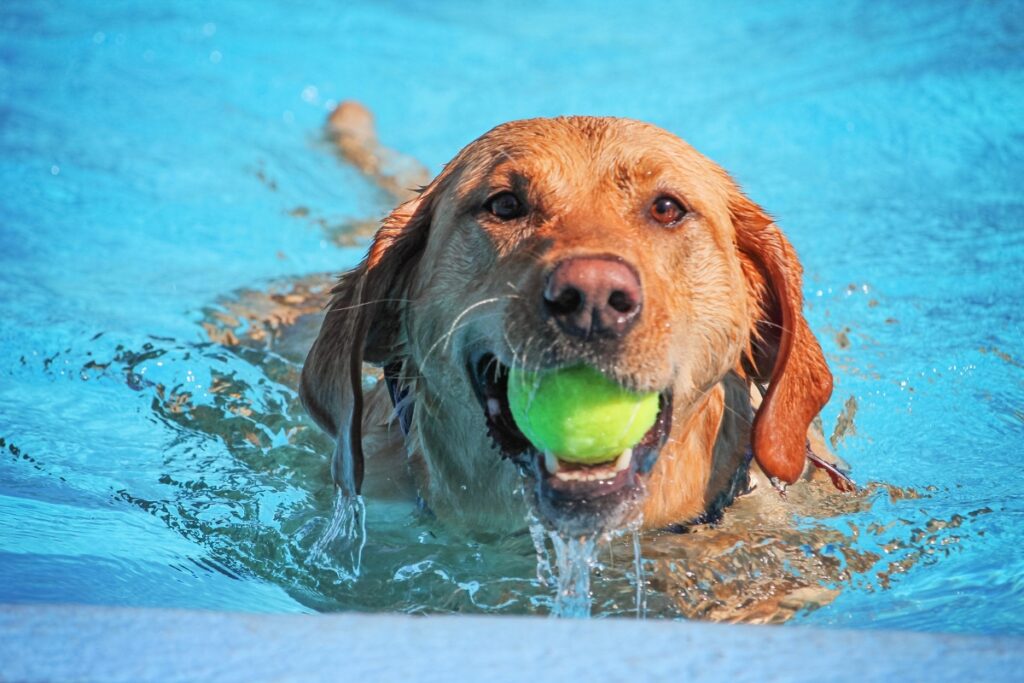
Before we dive into the practical tips and strategies for keeping your pooch safe around the pool, it’s crucial to understand why pool safety for dogs matters.
While dogs are often excellent swimmers, they can still encounter various risks and dangers when it comes to water. Accidental drowning is a significant concern, especially for dogs who are not experienced swimmers or those with health conditions that may hinder their ability to stay afloat.
In addition to drowning, pools also pose other risks such as chemical exposure. The chemicals used to maintain pool water cleanliness can be harmful if ingested or if they come into contact with your dog’s skin. Furthermore, slippery surfaces around the pool can lead to injuries and accidents, causing sprains or fractures.
By prioritizing pool safety for dogs, you can mitigate these risks and create a secure environment where your furry friend can enjoy the water without any worries. Let’s explore some key factors that play a crucial role in preventing accidents and ensuring your dog’s well-being around the pool.
Training and Supervision: Key Factors in Preventing Accidents
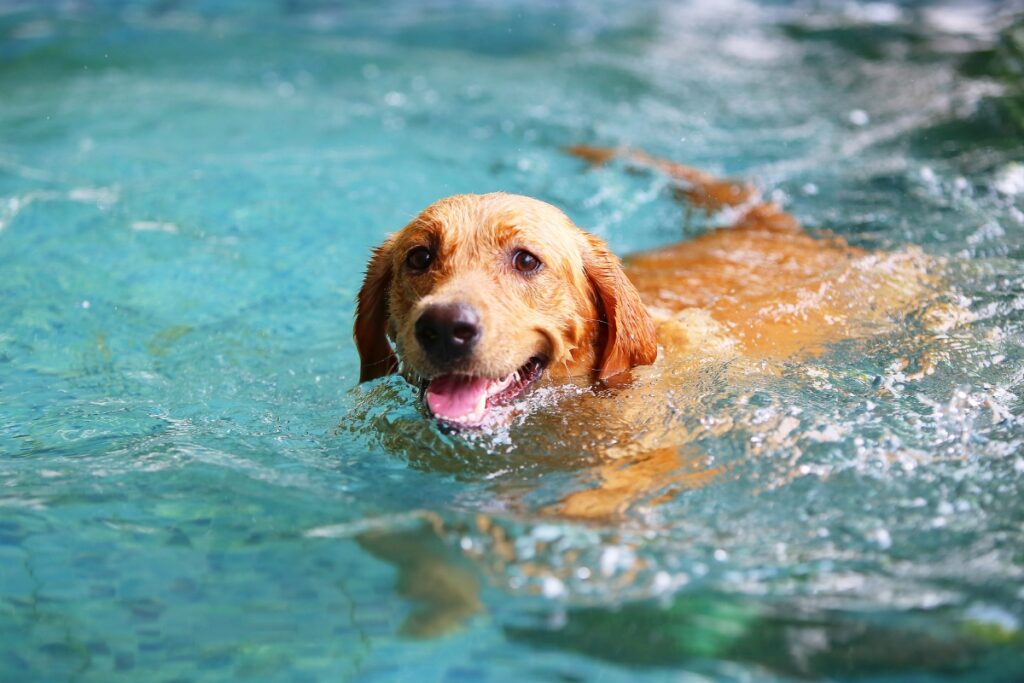
When it comes to pool safety for dogs, training and supervision play crucial roles in preventing accidents. Dogs, like children, are curious creatures, and water can be especially enticing to them. Therefore, it’s essential for dog owners to prioritize their pet’s safety around pools.
Training your dog to be comfortable around water can significantly reduce the risk of accidents. Introducing them to the pool gradually and teaching them how to exit the pool safely are key aspects of this training. Positive reinforcement techniques can be highly effective in encouraging desired behaviors.
Supervision is equally important. Never leave your dog unattended near a pool, even if they are excellent swimmers. Accidents can happen quickly, and being present allows you to intervene if necessary. Consider installing a pool fence or cover to restrict your dog’s access to the pool when supervision is not possible.
Pool Access Control: Securing the Area to Keep Your Pooch Safe
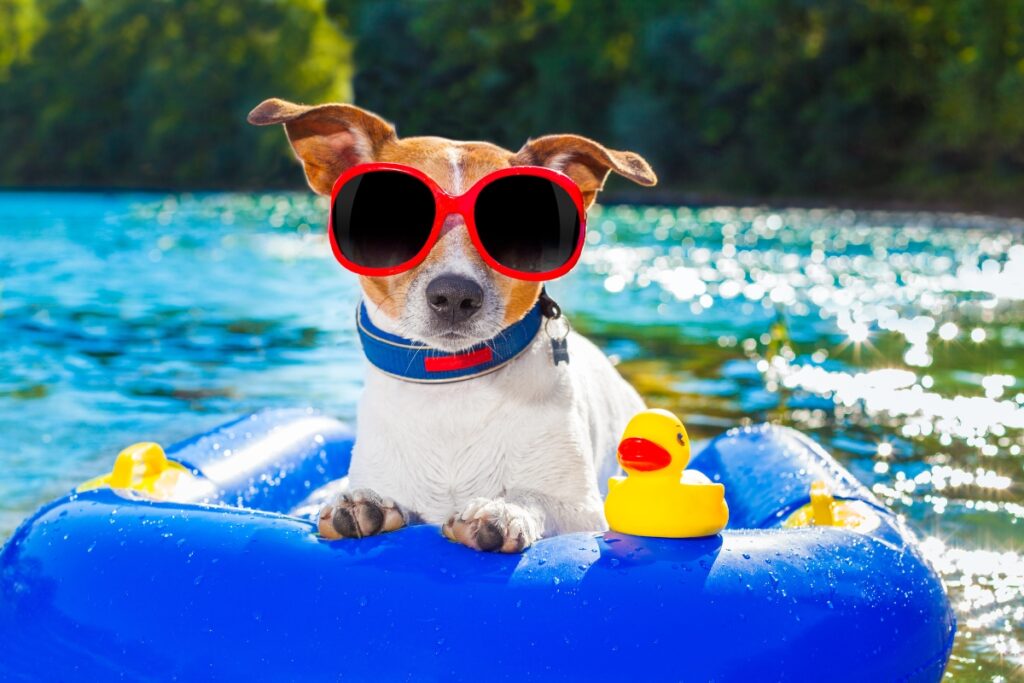
Controlling your dog’s access to the pool area is another crucial aspect of pool safety. Install a secure fence or gate around the pool to prevent unsupervised entry. This will help keep your dog away from the water when you’re not around to supervise them.
Ensure that the fence or gate is tall enough and has a self-closing mechanism to prevent accidental openings. Regularly inspect and maintain these barriers to ensure they remain in good condition and can effectively keep your pooch out of harm’s way.
In addition to physical barriers, consider using alarms or motion sensors that can alert you if your dog approaches the pool area. These extra layers of protection can provide peace of mind and give you time to intervene before any accidents occur.
Canine Life Jackets: A Lifesaving Tool for Water-Loving Dogs
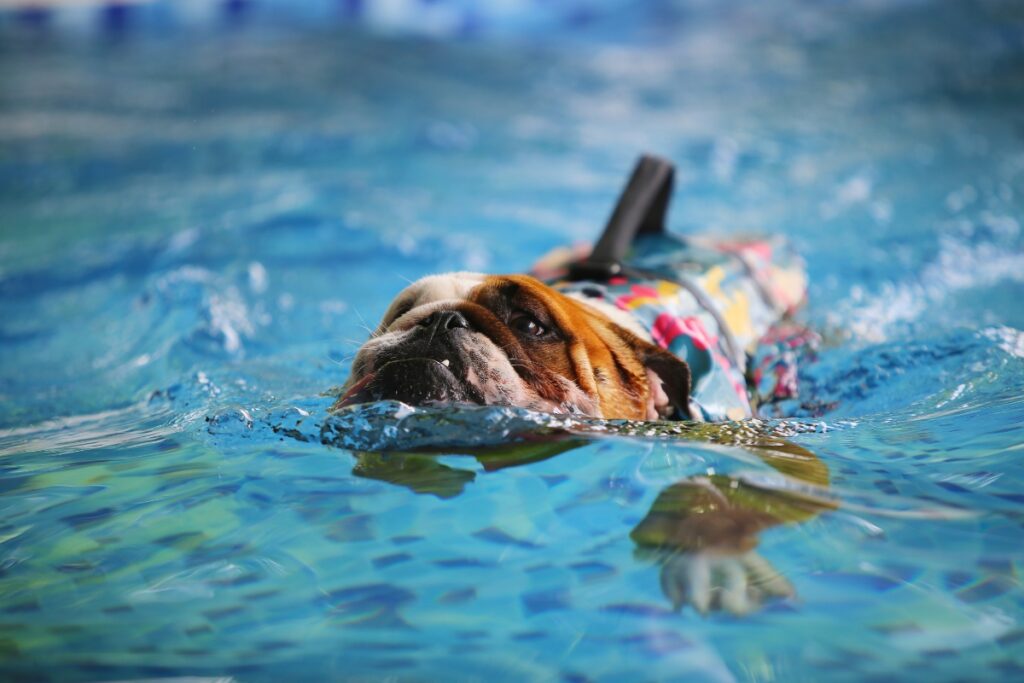
If your dog spends a lot of time in or around water, investing in a canine life jacket is highly recommended. Life jackets provide buoyancy and support, making it easier for dogs to stay afloat even if they become tired or disoriented.
When choosing a life jacket for your dog, ensure it fits properly and has adjustable straps for a secure fit. It should also have a handle on top, allowing you to easily lift your dog out of the water if needed. Get your dog accustomed to wearing the life jacket by gradually introducing it during training sessions before heading into deeper waters.
Signs of Distress: Recognizing When Your Dog Needs Help in the Water
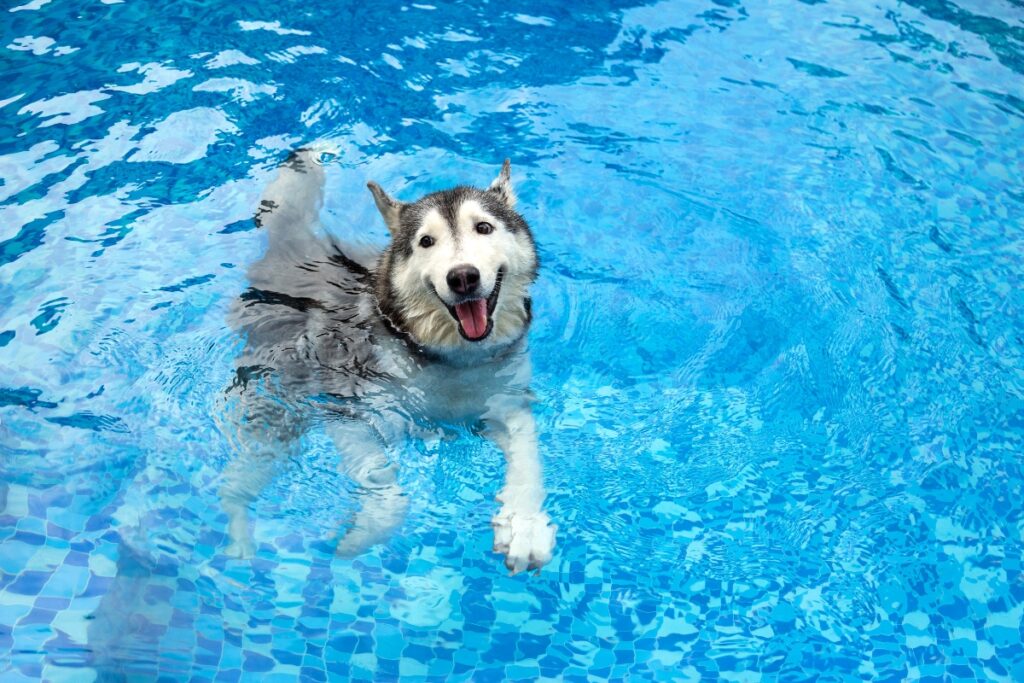
When it comes to pool safety for dogs, recognizing signs of distress and knowing when your furry friend needs help in the water is crucial. Dogs, like humans, can run into trouble while swimming, and it’s essential to be vigilant to ensure their well-being.
Signs of Distress in Water:
- Excessive Panting: If your dog is gasping for air and panting heavily while in the water, it could be a sign of distress.
- Whining or Yelping: Unusual vocalization such as whining or yelping may indicate that your dog is struggling or in discomfort.
- Difficulty Swimming: If your dog is having trouble staying afloat, paddling, or moving in the water, it’s a clear sign of distress.
- Lack of Coordination: Disorientation, uncoordinated movements, or inability to navigate in the water could mean your dog needs help.
- Eyes Wide and Panicked Look: Wide eyes, a panicked expression, or frantic behavior suggest your dog is in distress and requires immediate assistance.
- Attempting to Climb Out: If your dog is desperately trying to get out of the water or clinging to the pool edge, they may be in trouble.
What You Can Do:
- Stay Calm: Remain calm to avoid escalating the situation and to think clearly about how to assist your dog.
- Call for Help: If your dog is in distress, seek help immediately from someone nearby or call out for assistance.
- Provide Support: If your dog is close enough, offer support by guiding them towards the pool edge or using a floatation device if available.
- Avoid Panic: Avoid panicking or making sudden movements that could startle your dog further or put yourself at risk.
- Assess Breathing: Once out of the water, assess your dog’s breathing, and provide necessary care or contact a vet if needed.
Being aware of the signs of distress and knowing how to respond can make a significant difference in ensuring your dog’s safety around water. Remember, proactive measures and quick actions are key in keeping your pooch safe and happy during pool time.
First Aid for Pool-Related Incidents: Essential Steps Every Dog Owner Should Know
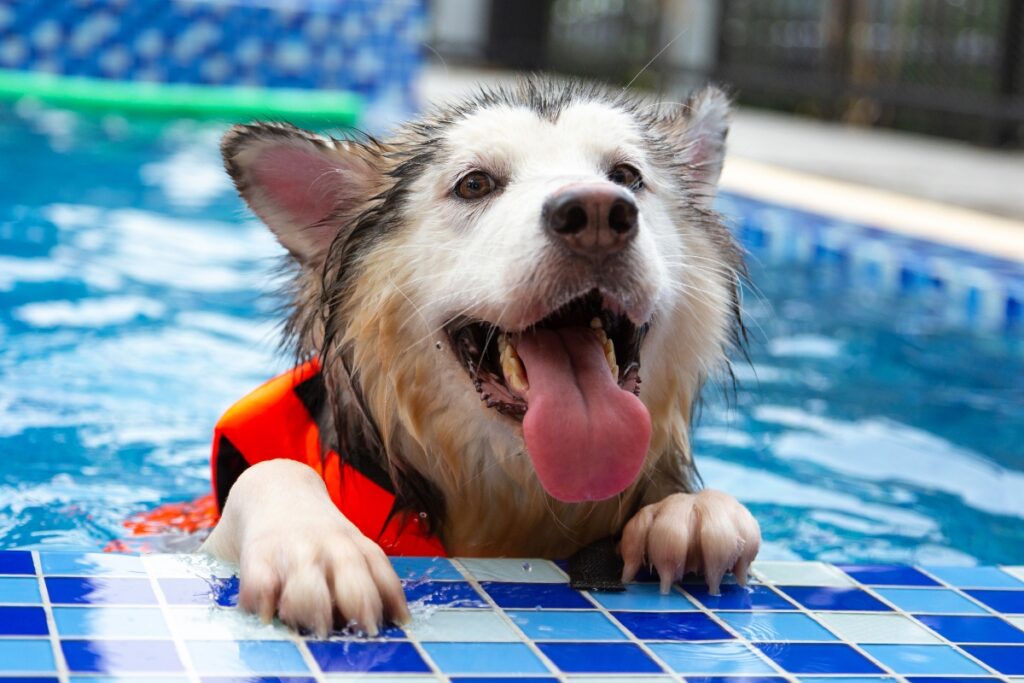
When it comes to pool safety for dogs, being prepared for pool-related incidents is crucial for every dog owner. Knowing the essential first aid steps can make a significant difference in ensuring your furry friend’s well-being. Here are some key points to keep in mind:
- CPR for Dogs: In case of an emergency where your dog is unresponsive after a pool incident, knowing how to perform CPR can be life-saving. Administering chest compressions and rescue breaths appropriately can help maintain vital functions until professional help is available.
- Immediate Removal from Water: If your dog accidentally falls into the pool and struggles to stay afloat, it is essential to act quickly and remove them from the water immediately. Even if your dog is a proficient swimmer, panic can set in, leading to exhaustion.
- Monitoring Breathing and Heart Rate: After a pool-related incident, closely monitor your dog’s breathing and heart rate. Any signs of difficulty breathing or abnormal heart rhythms should be addressed promptly. Keep your dog calm and comfortable while observing these vital signs.
- Checking for Injuries: Inspect your dog for any visible injuries after a pool incident. Cuts, scrapes, or wounds may require immediate attention to prevent infection. Clean the affected area with mild antiseptic solutions and apply a bandage if necessary.
- Seeking Veterinary Assistance: It is recommended to seek professional veterinary help following any pool-related incidents, even if your dog appears to be fine. Internal injuries or water inhalation may not be immediately apparent, and a thorough evaluation by a veterinarian is essential for your dog’s well-being.
By being prepared and knowledgeable about first aid measures for pool-related incidents, you can provide the necessary care and support to your furry companion in times of need. Remember, prevention is key when it comes to pool safety for dogs, but having the right skills and knowledge in case of emergencies is equally important.
Pool Chemical Safety: Protecting Your Dog from Harmful Substances
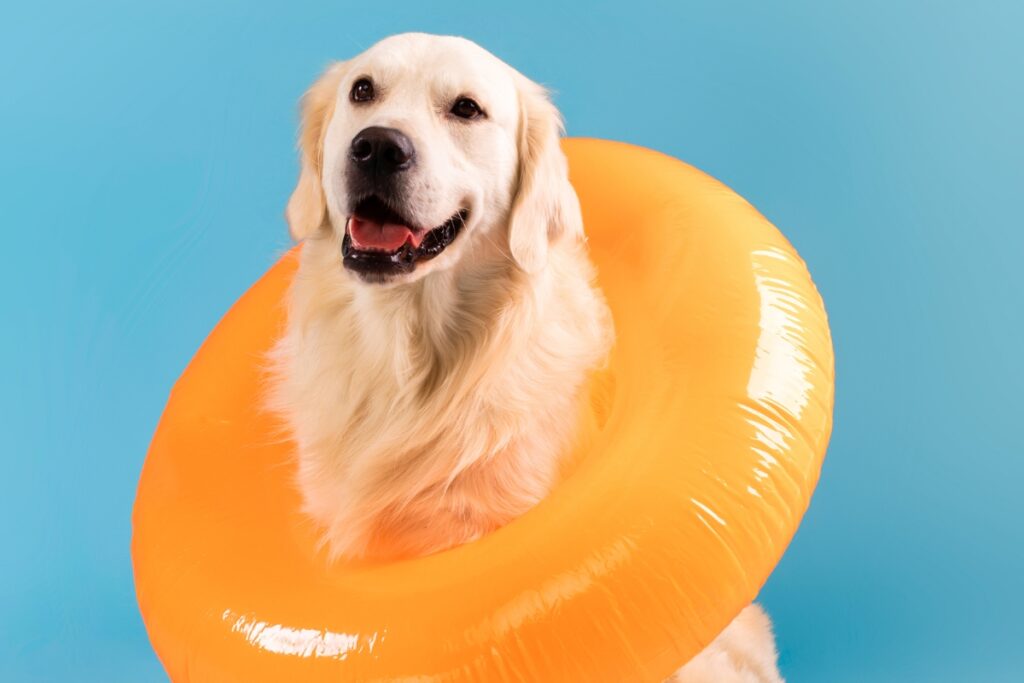
When it comes to pool safety for dogs, it’s crucial to consider the chemicals used to maintain the pool. Your furry friend’s well-being should be a top priority when it comes to protecting them from harmful substances commonly found in pool chemicals.
- Understanding the Risks: Chlorine, algaecides, and other pool chemicals are essential for keeping the water clean and safe for human use. However, these substances can pose serious health risks to dogs if ingested or exposed to their skin and eyes.
- Prevention is Key: To safeguard your dog from potential harm, store pool chemicals in a secure location that is inaccessible to your pet. Make sure to tightly seal containers after use and clean up any spills immediately to prevent accidental ingestion.
- Proper Handling: When adding chemicals to your pool, ensure that your dog is kept away from the area until the water is safe for their use. Dogs are naturally curious, so it’s essential to prevent them from drinking pool water that may contain harmful chemicals.
- Rinsing Off: After a swim, rinse your dog thoroughly with clean water to remove any pool chemicals that may have adhered to their fur. Pay special attention to their paws, as they are more likely to come into contact with the chemicals present in pool water.
- Monitoring Symptoms: Keep an eye out for any signs of chemical exposure in your dog, such as skin irritation, vomiting, lethargy, or difficulty breathing. If you suspect your dog has been affected, contact your veterinarian immediately for guidance.
By following these pool safety tips and being vigilant about protecting your dog from harmful substances, you can ensure that your furry companion can enjoy the pool safely. Remember, a little precaution goes a long way in keeping your pet healthy and happy during pool season.
Summer Heat Precautions: Keeping Your Pooch Cool and Hydrated by the Pool
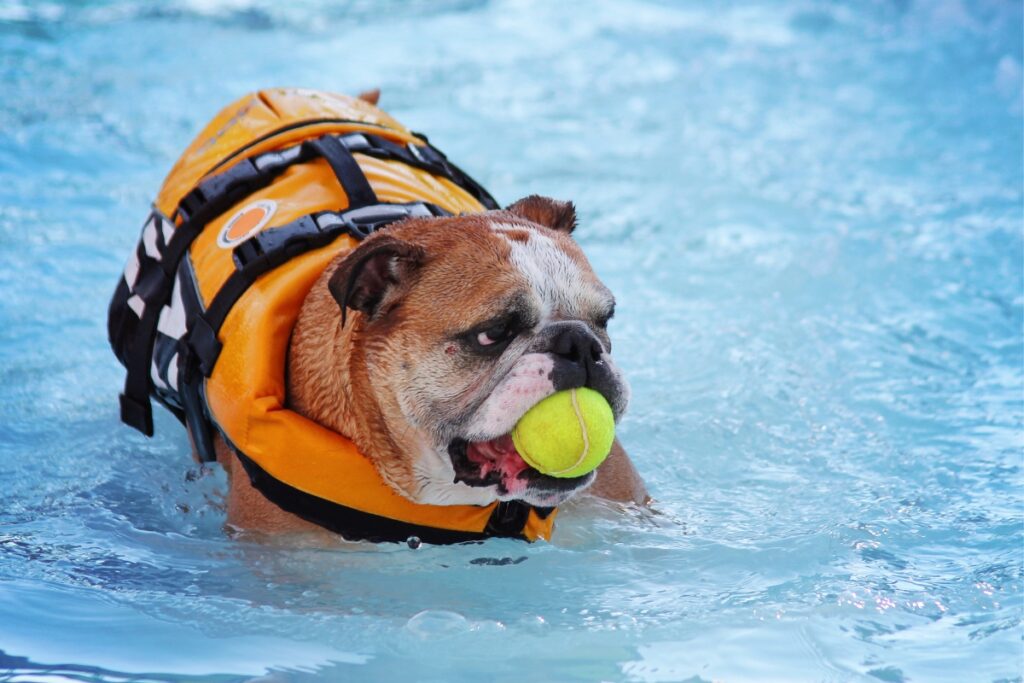
When it comes to pool safety for dogs, it’s crucial to take necessary precautions to ensure your furry friend stays cool and hydrated during the scorching summer heat. Here are some top tips to keep your pooch safe by the pool.
First and foremost, pool safety for dogs starts with providing easy access in and out of the pool. Consider installing a ramp or steps specifically designed for dogs to prevent accidents and ensure they can exit the pool effortlessly.
Always supervise your dog while they are near the pool. Even if your pooch is a good swimmer, accidents can happen, so it’s essential to keep a close eye on them at all times to prevent any mishaps.
To keep your dog cool and hydrated, provide plenty of fresh water near the pool area. Hydration is key, especially during hot weather, so make sure your dog has easy access to water to prevent dehydration.
Another pool safety for dogs tip is to limit your dog’s time in the pool, especially if they are not accustomed to swimming. Avoid forcing them into the water and allow them to enter at their own pace. Additionally, consider using a dog life jacket for added safety, especially for breeds that are not natural swimmers.
After your dog is done swimming, rinse them off with fresh water to remove any chlorine or pool chemicals that could irritate their skin. Pay close attention to their ears and paws, as these areas are more susceptible to infections if not properly cleaned.
Creating a Safe Haven: Designing a Dog-Friendly Pool Environment
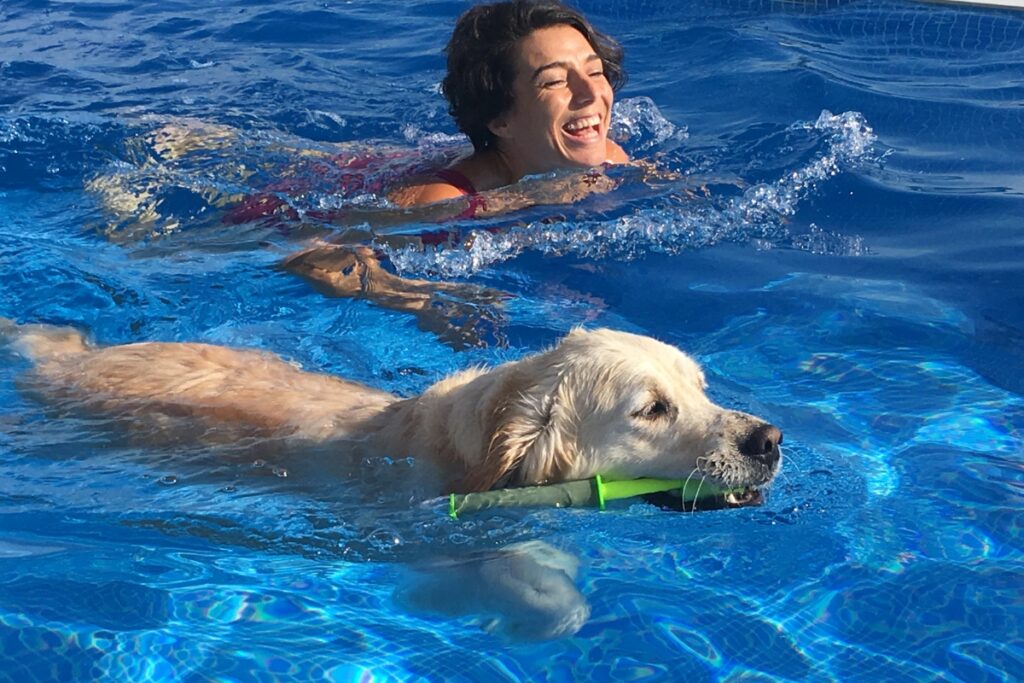
When it comes to pool safety for dogs, designing a dog-friendly pool environment is crucial. By implementing a few key tips and features and a strong pool planning strategy, you can ensure that your furry friends can enjoy the pool safely.
- Securing the Pool Area: Start by securing the pool area to prevent your dog from accessing it unsupervised. Consider installing a fence with a self-locking gate to keep your pooch away when you’re not around.
- Non-Slip Surfaces: Dogs can easily slip on slippery pool surfaces. Opt for non-slip materials around the pool to provide better traction for your four-legged friends.
- Ramp or Steps: Not all dogs are natural swimmers. Including a ramp or steps in the pool design can help them easily get in and out of the water, reducing the risk of accidents.
- Life Jackets: If your dog is new to swimming or not a strong swimmer, consider using a dog life jacket. This extra layer of safety can give you peace of mind while your pup enjoys the water.
- Shade and Water: Ensure there is shaded area near the pool where your dog can rest and cool off. Also, provide fresh water for them to stay hydrated while they play.
By incorporating these tips and features, you can create a safe haven for your furry friends in your dog-friendly pool environment. Remember, pool safety for dogs is essential for their well-being and enjoyment.
Conclusion: Ensuring a Fun and Safe Pool Experience for Your Four-Legged Friend
As responsible dog owners, it’s our duty to prioritize pool safety for dogs. By understanding the risks, implementing training and supervision, controlling access to the pool area, and taking necessary precautions, we can create a fun and safe pool experience for our four-legged friends.
Ensuring the safety of our furry friends around pools is essential for every pet owner. At Clear Water Pools Atlanta, we prioritize not just human safety but also the well-being of your beloved pets. Our team is dedicated to providing top-notch pool solutions tailored to your specific needs, giving you peace of mind knowing that your pool area is safe for both humans and pets alike.
If you’re ready to take the necessary steps to enhance pool safety for your furry companions, reach out to us today at 770-406-8638. Contact us to request a pool estimate and let us help you create a safe and enjoyable environment for your entire family, including your cherished four-legged friends.

